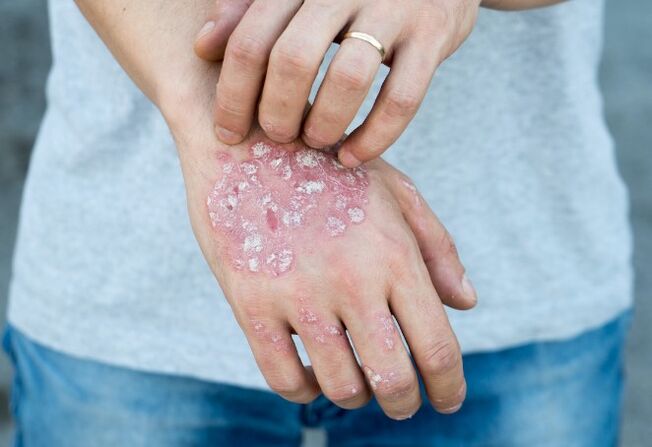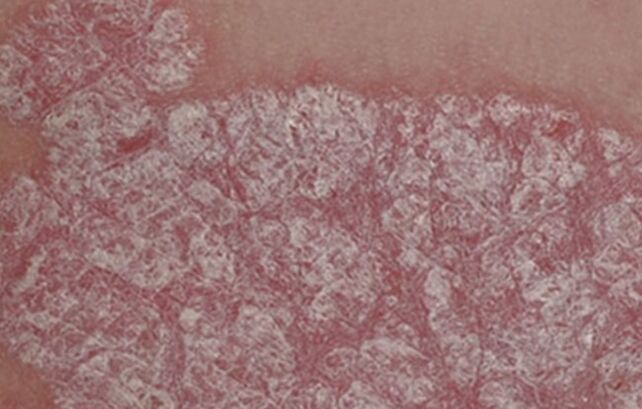Like all other types of chronic diseases of the skin, psoriasis have an inflammatory nature of their own stages of development.When diagnosing the disease, the doctor not only takes into account the diversity of the disease, its shape, severity and cause of the occurrence, but also the stage of development.It is not difficult for an experienced specialist to determine the stages of psoriasis, since everyone differ in certain symptoms that are almost impossible.Depending on the manifestations of the disease, the patient is prescribed adequate treatment, which aims to reduce the reduction as well as to the relief of external symptoms and the elimination of factors that provoke the development of the disease.

The insertion of the disease
Despite the fact that the methods of complete healing for psoriasis have not yet been determined, such as the reasons that cause their appearance, shapes, types and stages of the development of the disease have not been examined well.In the development and the course of the disease, a distinction is made between three main stages: beginning or progressive, inpatient and "fading", regressive.
The processes that are characteristic of the start or worsening of the course of the disease, i.e. the progressive level, is the occurrence of neoplasms in the form of a rash on the skin surface.At the same time, the elements of the rash (point, pointed, lens -shaped) tend to peripheral growth.In healthy skin areas, small rashes spread clearly defined round or oval psoriasis plaques.
In the progress of the disease, psoriatic plaques are painted in bright pink or red color, and there is no specific peeled crust on the lesions.The thickened edges of the defeat are not covered with whitish scales.
During the progressive stage of psoriasis, the patient experiences itching, a slight burning in areas of skin lesions, a general minor discomfort.With every contact with clothing and combing, new papular rashes appear.
Further development
After 1-4 weeks, the second stage of development of the disease occurs unsteady.The deterioration process weakens, the color of psoriasis plaques is less intense, the old rashes are absorbed, the formation of new rashes stops.

The papules are healed peripheral, ie from the center to the edges, which determines the characteristic ring -safe form of plaques.In the inpatient phase, the surface of the lesions is completely covered with scaly crusts of a characteristic whitish color.
In the regressive stage of psoriasis, all form forms are gradually completely dissolved in the stage of weakening the disease and its transition to the remission period, the color of the plaques is almost not distinguished.The color of healthy skin peels significantly, breaks off, which crowns.The so -called "collar of the Voronov" - a ring made of keratized, thick layers of skin appears around the herd.The skin is discolored along the periphery of all rashes.The regression stage of the disease under the influence of intensive adequate treatment can take a long time, sometimes up to several months.Then psoriasis completely withdraws and leaves insignificant localized plaques on the body in the most common places for this disease (elbow, knee, stomach, buttocks).
In the task of a person suffering from psoriasis to keep the disease in the remission stage.Control over all aspects of life and prevention of the disease require the strictest - this is no secret.However, this is the only way to achieve positive treatment results, repair them and continue the normal existence in society.

























